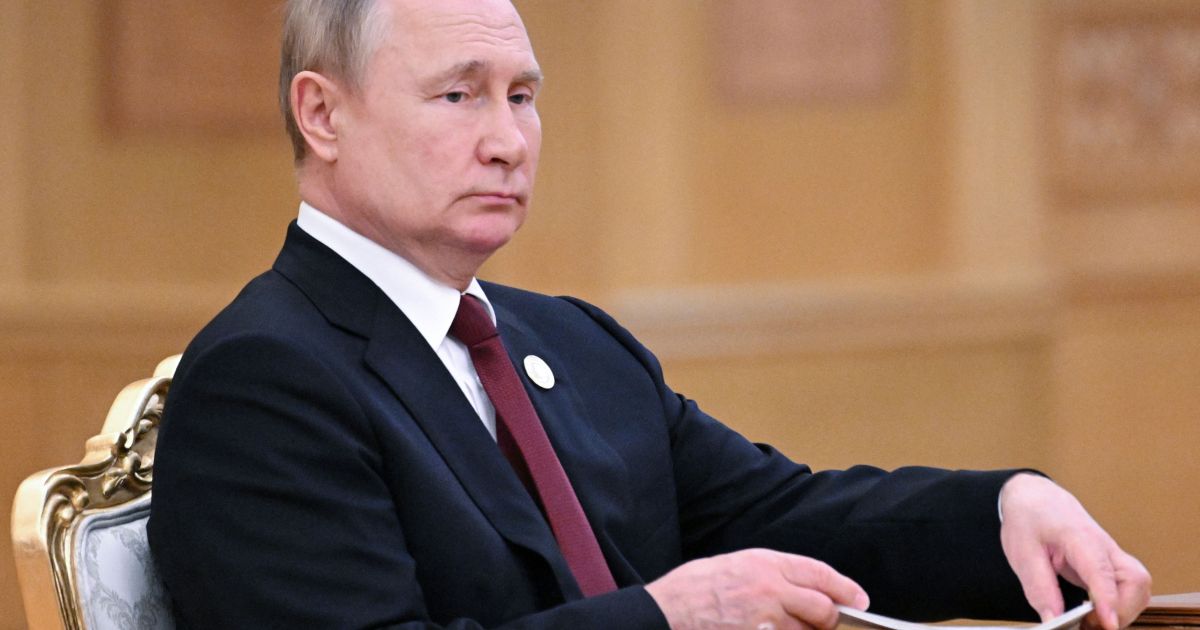Australia approves $2.6 billion missiles upgrade to counter China
The plan — which will significantly increase the range of missiles on Australia’s warships and warplanes — comes as Australia said it will participate in developing hypersonic missiles with the United States and the United Kingdom as part of the AUKUS deal the three countries signed last year to build nuclear-powered submarines for Canberra.
“When you see what’s happening in the Ukraine, when you see what potential there is for conflict in the Indo-Pacific, this is very real for us now and we need to be realistic how we’re going to deter any act of aggression and to help keep peace in our own region,” Defense Minister Peter Dutton said of the naval and air force missiles in an interview with Sky News on Tuesday.
A news release from Dutton’s office said Canberra would speed up its acquisition of the Joint Air-to-Surface Standoff Missile (JASSM) Extended Range for use on its F/A-18 and eventually F-35A fighter jets, the Naval Strike Missile for its frigates and destroyers, and naval mines to protect its ports and maritime approaches.
The new missiles are expected to be operational by 2024, the Defense Ministry statement said.
With the JASSM Extended Range — a US-designed air-launched cruise missile with stealthy characteristics and the ability to make course corrections in flight — Australian warplanes would be able to engage targets at a range of 900 kilometers (560 miles), Dutton said in a statement.
“Our ADF (Australian Defense Force) must be able to hold potential adversary forces and infrastructure at risk from a greater distance,” Dutton said.
Both missiles are used by the US military, and Dutton said their integration into the Australian forces would help Canberra contribute to coalition operations in the Pacific.
China fears
The Australian defense minister said increasing Chinese military activity in the Indo-Pacific is the impetus behind Canberra’s upgraded missile program.
“We’re frankly very worried” about Chinese militarization of islands in the South China Sea and the increased Chinese naval presence near Japanese waters in the East China Sea, Dutton told Sky News.
“We don’t want to see any bullying from China, we don’t want to see any aggression toward Taiwan,” he said, talking about the democratically ruled island that China claims as its sovereign territory and has vowed to regain control of.
The Chinese Foreign Ministry on Wednesday said Canberra and its partners in London and Washington were the ones stoking tensions in the region.
“The trilateral security partnership between the United States and Australia is an old trick of the Anglo-Saxon clique, which cannot eliminate the Cold War mentality and bloc politics, provoking military confrontation and throwing knives at others,” spokesman Wang Wenbin said.
Hypersonic missiles
Wang was specifically reacting to Australia’s announcement Tuesday that it will help develop hypersonic missiles and undersea drones in conjunction with the US and the UK.
Wang said Australia and its partners are intensifying the arms race in the region, adding “Asia-Pacific countries should be on high alert.”
Hypersonic missiles are weapons that can fly five times faster than the speed of sound. While almost all ballistic missiles reach that speed or more, the newest hypersonics and those under development are maneuverable and able to evade missile defense systems.
An AUKUS statement did not give any timeline or specifics on development of the missiles.
But for undersea drones, it said trials would come in the near future.
“Our nations are collaborating on autonomous underwater vehicles, which will be a significant force multiplier for our maritime forces. Initial trials and experimentation of this capability are planned for 2023,” said the joint statement from Australian Prime Minister Scott Morrison, UK Prime Minister Boris Johnson and US President Joe Biden.
“The leaders reaffirmed their commitment to a free and open Indo-Pacific, and more broadly to an international system that respects human rights, the rule of law, and the peaceful resolution of disputes free from coercion — a commitment whose importance has only grown in response to Russia’s unprovoked, unjustified, and unlawful invasion of Ukraine,” the statement said.
Besides the hypersonics and undersea drones, the AUKUS leaders noted progress on the plan to equip the Australian navy with nuclear-powered submarines, including technology transfers to Canberra, developing a workforce to build the subs in Australia, and establishing a base for them.
No deadline was given for the eventual delivery of the submarines, with the statement saying the plan was to provide Australia with them “at the earliest possible date.”
CNN’s Beijing bureau contributed to this report.



